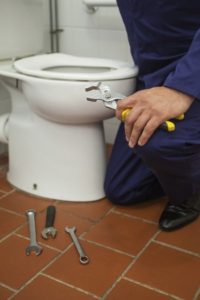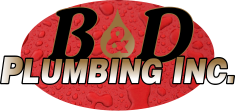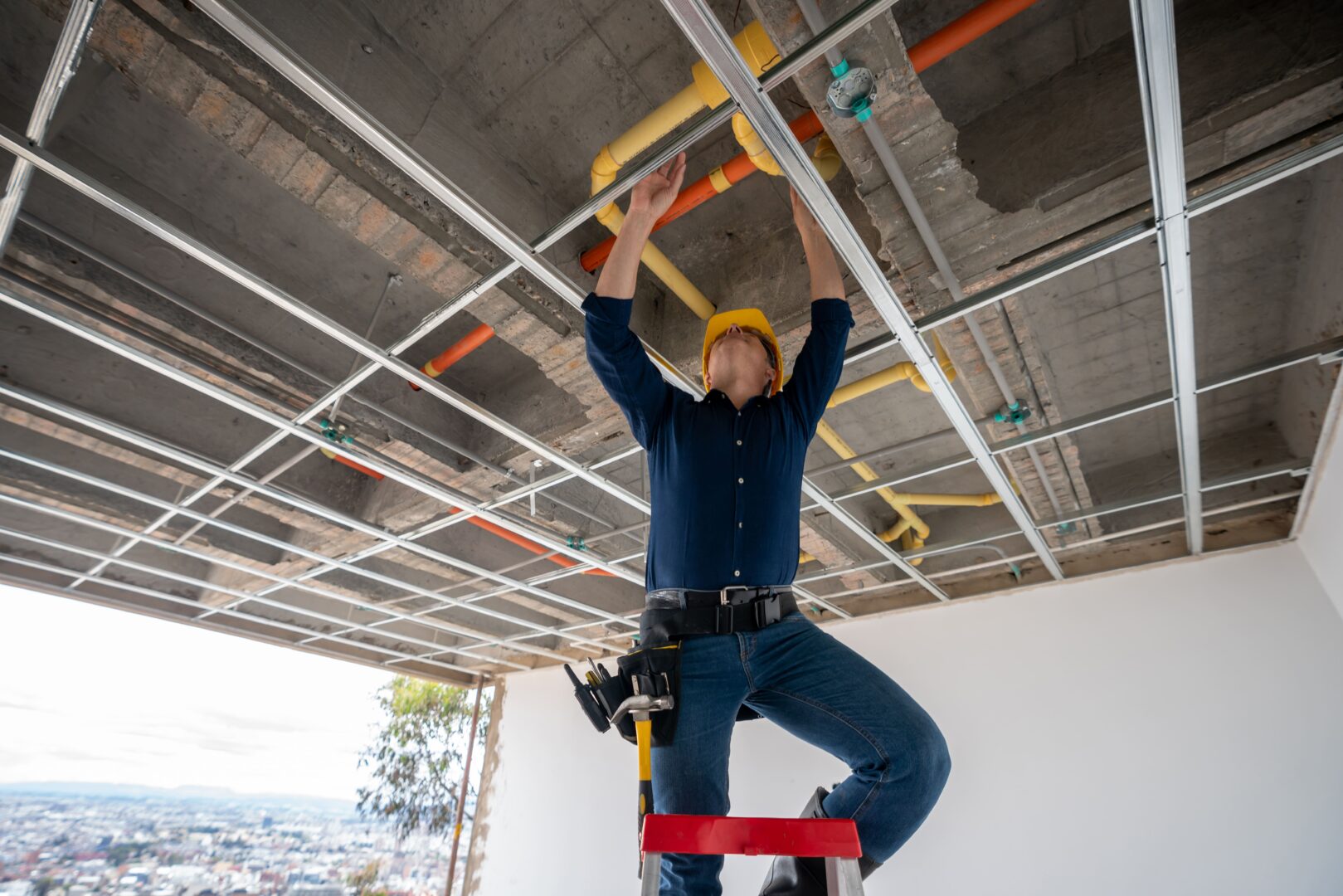
The bathroom, specifically the toilet, is a necessity in every home. In fact, most homes today are being built with 3 or more bathrooms in them, rather than the 1.5 baths of the past. This means that the modern home has much more opportunity for a clogged toilet and all of the assorted costs that come with it. You can save money on these toilet repairs by preventing clogs as much as possible and knowing how to deal with small backups before they become huge problems.
Prevent Clogs
Preventing clogs is much easier and less expensive than repairing the bathroom plumbing and water damage of the surrounding area. Generally, this amounts to preventing all of the things that should not go down from going down toilets. This starts with education. Make sure everyone in the household knows what can and cannot be flushed. Obviously, you will have to teach your kids not to flush things like toys, but many adults also don’t know that things like wipes and cat litter should never be flushed. Even “flushable” wipes can be an issue. Next, keep the areas around the toilet clear so that things don’t accidentally fall in. The most common culprits are cosmetics or pill bottles that are stored on counters around or in cabinets over the tank. If these get knocked in accidentally, they could cause a clog. Finally, make sure there is a trashcan in every bathroom. Even people who know they shouldn’t flush something (like a wipe or dental floss) may do it when there isn’t a trashcan to use.
Deal With Small Issues
The primary way to deal with small clogs and slow toilets is with a plunger. If you don’t own a plunger in your tool collection, you should go get one. Some homes have one for each bathroom, but you likely only need one for your house (as long as it is easily accessed when needed). To use a plunger, place the rubber end into the toilet bowl, positioned over the drainage hole. This end should fit snuggly over that hole. This creates a light seal so that the plunging action forces water down to push through the clog. Push up and down on the handle of the plunger forcefully until the water starts to drain and the level goes down.
Notice Incomplete Flushes
If your toilet bowl doesn’t empty completely when you flush it, wait for the toilet tank to refill and flush it again, rather than leaving the waste to sit for the next person. If this is happening often, contact a trusted plumber to assess the state of your toilet, as it may be a sign of a larger issue.
Questions? Call B&D Plumbing Today!
If you have any questions about your bathroom plumbing, the experts at B&D Plumbing are here to help you! We have been servicing the Washington DC metropolitan area including Maryland and Northern Virginia. Give us a call at 310-595-1141 to ask us any questions. Be sure to follow us on Facebook, Twitter, LinkedIn, and Pinterest for tips, tricks, and to see what we have been up to.

